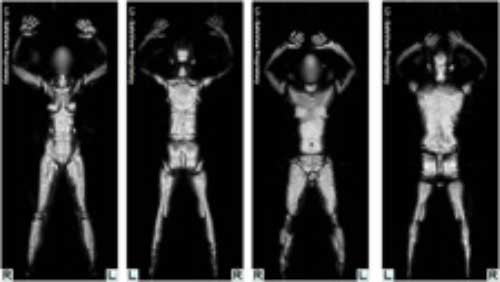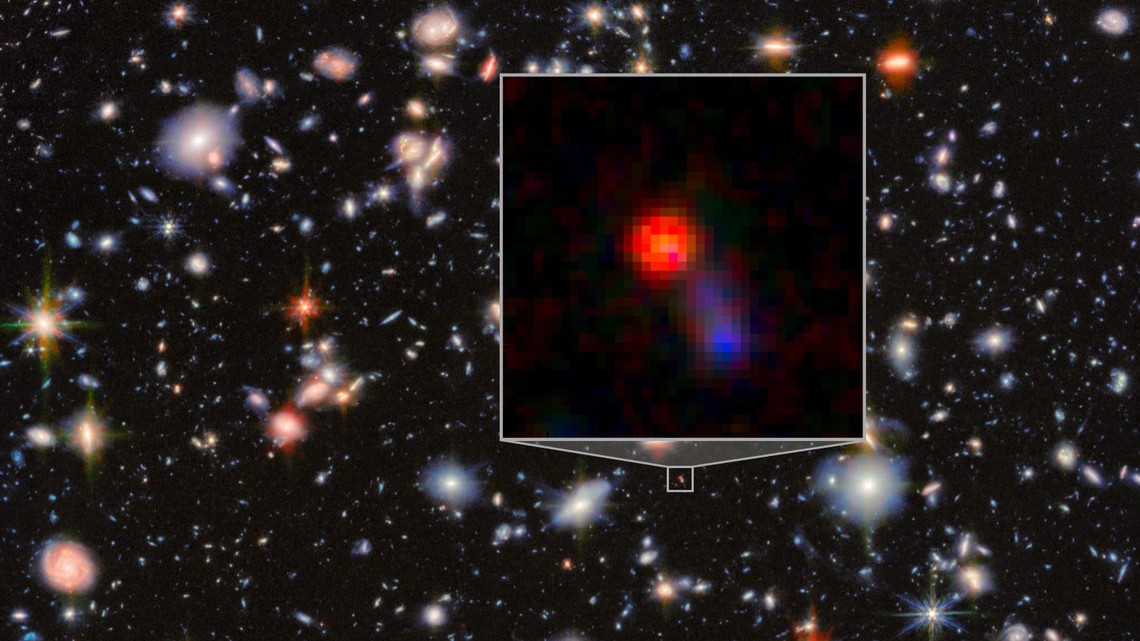Airport Body Scanners Not Harmful, Groups Say

With airport body scanners all the rage now, some may wonder if the radiation they employ — to render a body essentially naked in the interest of search for guns and explosives — packs any potential for harm.
No, according to industry groups.
"An airline passenger flying cross-country is exposed to more radiation from the flight than from screening by one of these devices," according to a joint statement issued today by the American College of Radiology and the American Roentgen Ray Society.
The Transportation Security Administration (TSA) has deployed two types of systems to make full-body scanner images.
Millimeter wave technology uses low-level radio waves in the millimeter wave spectrum. Two rotating antennae cover the passenger from head to toe with low-level RF energy.
Backscatter technology uses extremely weak X-rays delivering less than 10 microRem of radiation per scan ─ the radiation equivalent one receives inside an aircraft flying for two minutes at 30,000 feet (9 km).
A body scanner image reveals the body's natural contours, plus pretty much anything under the clothing that ought not be there.
Get the world’s most fascinating discoveries delivered straight to your inbox.
The National Council on Radiation Protection and Measurement (NCRP) has reported that a traveler would need to experience 2,500 backscatter scans per year to reach what they classify as a Negligible Individual Dose. The American College of Radiology (ACR) agrees with this conclusion, according to today's statement.
"The ACR is not aware of any evidence that either of the scanning technologies that the TSA is considering would present significant biological effects for passengers screened," the statement concludes.



